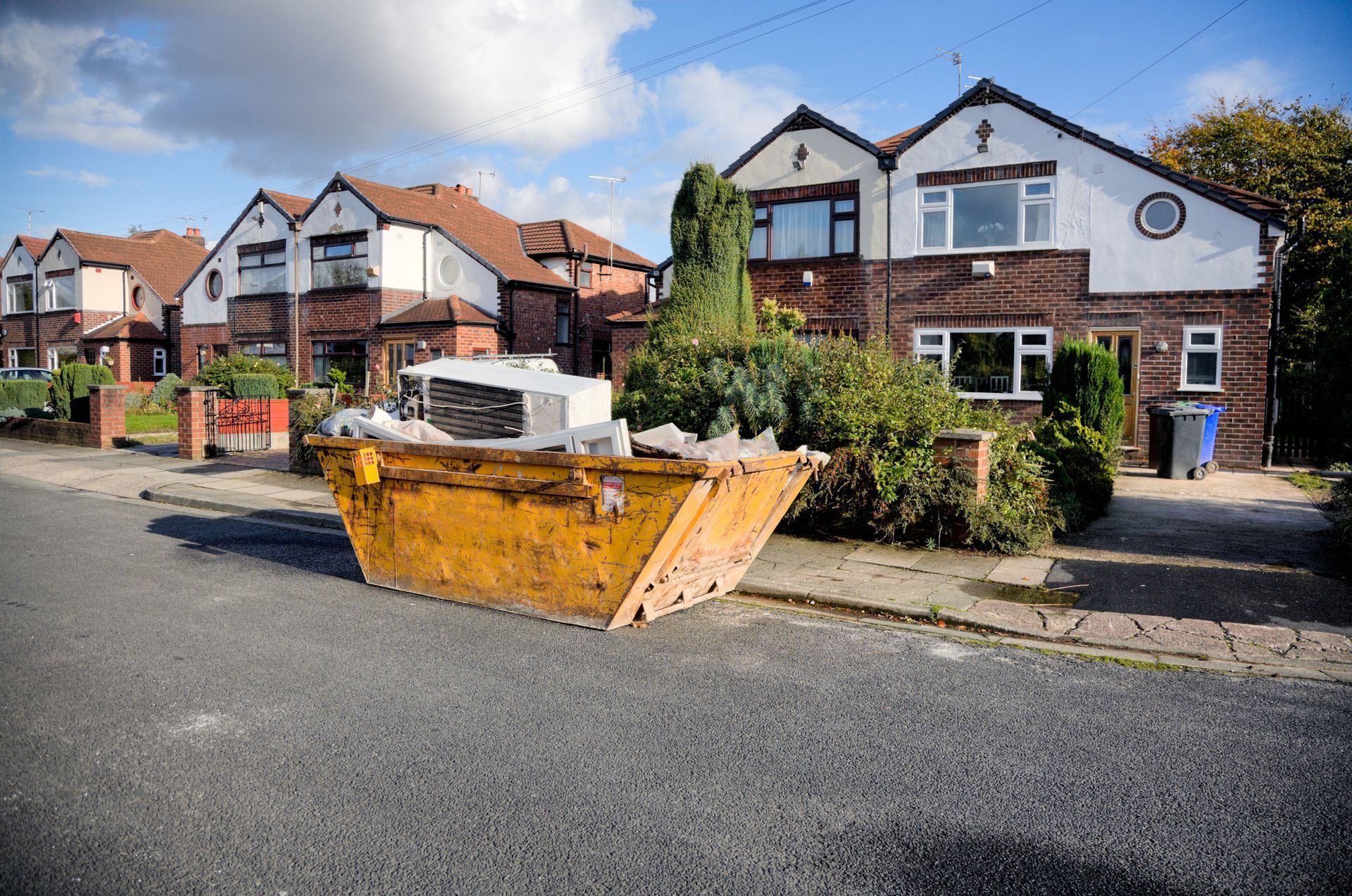1 in 3 Business Owners Say A Better Work/Life Balance Is Their Top Priority For 2024

- A new study has revealed that 32% of small business owners wish they placed more focus on their work/life balance during 2023
- Managing stress, branding and getting a handle on admin and finances also feature as the things business owners want to get better at in 2024
- Business consultant Jon Barnes has offered his advice on how business owners can improve their wellbeing, as well as their business this year
New research by Yell has revealed the new year’s resolutions small business owners are making for 2024, with a mix of managing their own wellbeing, as well as finances, topping the charts.
As January marks the opportunity for a fresh start but also to reflect on the year that’s just been, Yell asked small business owners what they wish they prioritised more during 2023. One in three small business owners said they wished they’d ensured a better work/life balance and advised anyone running a business to make this a priority for the new year. Difficult in many lines of work, let alone when you run your own business, previous Yell research that highlighted how three-quarters (75%) find it hard to set boundaries with their clients, hints at just one reason gaining a happy work/life balance can be so troublesome for so many.
In a similar vein, prioritising personal stress levels ranked as the second most common business resolution for 2024, with 27% stating that they wish they’d managed this better through 2023.
The Top 10 Resolutions Business Owners Should Be Making In 2024
| Rank | Resolution | % of small business owners who agree |
|---|---|---|
| 1 | Better work/life balance | 32% |
| 2 | Prioritise my personal stress levels | 27% |
| 3 | Expanding into new markets | 26% |
| 4 | Cutting costs | 22% |
| 5 | Developing new products or offerings | 20% |
| 6 | Spending more on social media presence | 18% |
| 7 | Spending more on website | 17% |
| 8 | Further training for themselves | 14% |
| 9 | Branding | 14% |
| 10 | Getting admin in order | 12% |
Outside of personal wellbeing, admin and finance related tasks are also high on the list of 2024 priorities for business owners, with cutting costs and getting on top of admin both making it into the top ten resolutions for 2024.
With the tax return deadline looming on the 31st January, a further 1 in 10 business owners also admitted to wishing they had completed their tax return sooner and may currently be paying the price for leaving it as a problem for their 2024 selves.
How can business owners manage their finances better in 2024?
Being well prepared and investing in an accountant can be two easy ways to reduce the stress that comes with this time of year. Naz from Xpert Accountant Ltd explains: “Some business owners possibly don’t understand the importance of tax returns and leave it until last minute, and a lot of businesses tend to think doing tax returns is straightforward. Though it can be for some, a lot don’t know what they can and can’t claim for. Though it can be tempting to do tax returns yourself, as business costs can increase when using a professional, paying an accountant can actually save you money and stress in the long run.”
“The three best pieces of advice that I can give would be to keep all of your receipts, differentiate between your personal and business expenses, and invest in software so that you can understand where you are with your finances.
There are a handful of small business owners that know exactly what they’re doing with their finances, but there are a lot of businesses that may not understand what their finances are like throughout the year, so starting to learn more about this is always a good thing.”
What steps can business owners take to improve their own work/life balance and stress levels?
In addition to discussing better finances with Naz, Yell also enlisted the help of business consultant Jon Barnes, who focuses on helping businesses become more autonomous and efficient, to tackle the two biggest business resolutions for 2024, and help owners to make this the year to improve their work/life balance and reduce stress levels, all while bettering their business:
1. Plan in a ‘recovery’ day - If you’re working on your business every day of the week, you’re likely to be pushing yourself towards burnout. Recovery in sport is when we often make the most gains, as muscles repair themselves, and it’s the same for business. Taking a break from work will let your brain recover and allow you to return back to work with greater motivation and a clear head. Jon says: “Owning a business is a marathon, not a sprint. As such, it requires thinking like an athlete. I actively schedule recovery time into my days and weeks, such as a daily workout and meditation, and even going to the sauna once per month.”
2. Prioritise sleep - If your quality of sleep is poor, you run the risk of trying to run a business with a half-empty tank. Jon says: “Not only is it harder to operate effectively when struggling with tiredness, but any problems are also likely to seem much worse. Getting good sleep will strengthen your decision-making skills, enhance your cognitive function and support your innovative thinking, so try and take steps like leaving your phone outside the bedroom and having screen-free time before bed to give yourself the best chance at a restful night”.
3. Try to reduce screen time - It’s easy to get wrapped up in screens while working, as your laptop and phone give you access to others (and them to you!) at the click of a button. However, this isn’t always a good thing. Taking time away from screens has been shown to help reduce stress levels, create better focus, increase productivity and improve your sleep among other benefits, all of which will help you to be more effective as a business owner. Jon comments: “I’m very disciplined about avoiding my phone - taking longer lunch breaks away from all screens is just one way you can work this into your routine.” Not to mention, taking time away from screens and work will help you reconnect and spend valuable time with your loved ones, and on other enjoyable hobbies too!
4. Empower your team - As a business owner, it can be easy to think that all the responsibility falls onto you, but as they say, a problem shared is a problem halved, and leaning on your team can quickly make your life much easier. Jon explains: “This isn't just delegating, but actively treating team members like adults who we want to see take ownership over areas of the business. This is incredibly motivating for team members and liberating for owners. I recently had a CEO I've been coaching, take a whole month off in the summer. When they came back, they said: "The team did so well. They didn't even need me!", which is exactly how any business should be able to run.”
How can business owners get more digitally savvy in 2024?
While wellbeing, admin and finances were all high on the list of business priorities for 2024, the resolution rankings also revealed that many business owners have also identified 2024 as the year to get more digitally savvy. In fact, approximately 1 in 5 business owners wish they’d spent more time improving their social media presence and website last year.
Having transitioned to being a fully digital business five years ago, Yell know a thing or two about prioritising search, social and your businesses online storefront, with Sarah O’Rafferty at Yell commenting:
“Having an online presence is critical for businesses in our digital age. Most of the consumer journey now takes place online, so if you’re not easily available, you’re missing out on a huge number of potential customers. However, with so many businesses competing in the online space, just having a website or social media platform isn’t enough – you need to go even further to show exactly why customers should be choosing your product or service.
Effectively utilising the platforms available to you will help to take your business to the next level. Strengthening your profiles with reviews, testimonials and regular behind-the-scenes content – plus helpful tips or product examples – will give customers confidence, and keep you front of mind for when they may next need your help. Keep an eye on newer platforms too – TikTok has quickly become a must-have social channel for many businesses, allowing them to reach a new audience, and for their services to quickly go viral, giving them a massive boost!”
To find out more and for tips on how to improve your businesses digital presence, visit: https://business.yell.com/digital-marketing-solutions/
About Yell
Yell Ltd exists to connect businesses and consumers via its leading marketplace for local services and offering managed digital marketing helping businesses to find, connect and sell to consumers online. Yell Ltd is a proud Google Premier Partner, Microsoft Advertising Elite Channel Partner, and Meta Business Partner.
Learn more at https://business.yell.com and our Media Centre
Visit our social media channels: Facebook, Twitter, LinkedIn, Instagram
Download the free Yell consumer app from the App Store or Google Play
Download the free Yell for Business app from the App Store or Google Play
For media enquiries, please email: press.enquiries@yell.com







